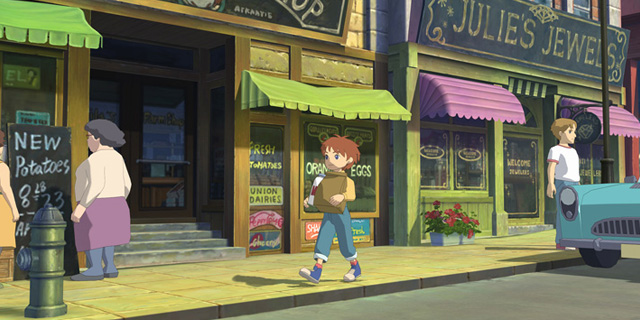
“Study history, study history. In history lies all the secrets of statecraft.”
These are wise words, but I doubt Winston Churchill intended for this statement to apply to electronic games. Yet the industry would be wise to heed his words. To ignore them would be to fall into the same pit that so many developers foolishly dropped into. How can you make a good game if you don’t know what makes a good game? Besides the rich history of existing games to draw upon, they also have to be well-versed in what video game enthusiasts will and won’t pay for. Trends are important, but not as important as history. Our behavior is predictable; this is one of the reasons we see so many sequels year after year. Isn’t that learning from history?
From a story perspective, history is equally important. Using the history of your created world, using (or showing) the previous experiences of your characters to establish a connection with the audience helps with the emotional impact of future character development. Seeing somebody learn from their previous mistakes, or seeing how history molds their personalities and influences their decisions, lends credibility to the act as well as rewards the audience for being invested.
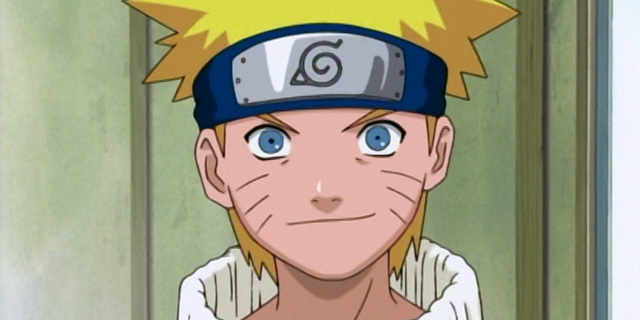
One of the best examples of establishing a history and sticking to it is the popular Japanese anime Naruto. Based on the manga of the same name, Naruto is about a young shinobi infused with the Kyuubi (fox demon) at birth. Orphaned, he is treated cruelly at first by the townspeople and most of his colleagues. Through determination, hard work, love and loyalty, he eventually wins their respect and earns strong friendships with those who scorned him before. It is littered with silly, juvenile humor and melodrama, but is also very effective at showing you why somebody acts a certain way. Flashbacks are commonplace.
At nearly 500 episodes now, even the most minor characters have their stories fleshed out. And if you forget a character’s back story, odds are they’ll refer to it in the near future if it’s of any importance. Naruto is not Shakespeare, but it knows the story arc. It establishes problems and feuds. It lets them simmer, sometimes for years, before a climactic (occasionally breathtaking) conclusion. And it never lets you forget the history.
There are thousands of good examples of movies that don’t forget their history. Some are better at it than others. It’s a tricky balance. Do you give the audience a complete history lesson on the events they’ve already seen? Or do you trust them to know it, potentially alienating new fans or risk them missing a crucial reference? For a wacky example, try Return to Oz. It’s bizarre, dark and totally different from The Wizard of Oz. It’s not even an “official” sequel, but it doesn’t ignore its own history. Adults now think Dorothy is crazy. When she returns to Oz, we’re just as dismayed as her to see the world in the state it’s in. “But where are all the munchkins?” and “this was the yellow brick road” mean a lot more if you’ve seen the first movie, and Return to Oz know almost everybody has. It trusts the audience.
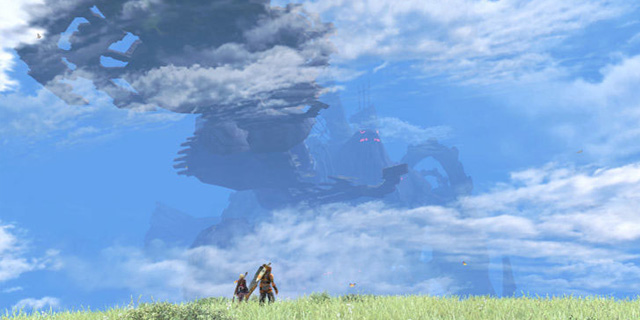
Xenoblade Chronicles is an outstanding RPG for the Wii. It has some of the most gorgeous environments ever created, despite the lack of HD graphics. The amazing soundtrack helps you feel the scale and scope of the world you’re in. It also helps that Xenoblade‘s world has a weighty history behind it, and constantly reminds you of it. You live on one of two giant robots (the Bionis) who, long ago, fought the Mechonis on a planet with nothing but ocean. One day, they froze, forever locked in combat.
Each area is a on a specific body part of either the Bionis or Mechonis. In a stroke of genius, the developers allow the player to actually see the opposite robot when the view permits it. As you’re sprinting through grassy plains, you can look up and see the imposing, foreboding image of a giant robot’s red eyes. It is impossibly large; it takes up a lot of the screen if you angle the camera correctly. You are reminded of the history. I’m not just running on grass, I’m on a giant, bionic titan’s thigh. Events that preclude the main story have ripple effects throughout the story.
The ending is sadly typical of many JRPGs: way too much exposition, too many twists and a convoluted plot that gets more convoluted. But aside from that, Xenoblade is a stellar experience in no small part because it doesn’t let you forget what happened. What you do in the game matters, often because of your knowledge of previous events.
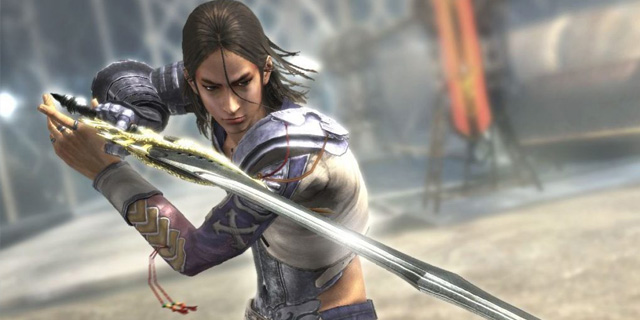
Lost Odyssey is another RPG that excels in this area. Among hardcore RPG fans, this is a must-play. I wouldn’t say it’s a great starter for those looking to break into the genre, as it’s long, difficult in parts and full of loading screens. However, it also contains one of the greatest storytelling techniques I’ve ever seen in a game. And it has everything to do with history.
In Lost Odyssey, you have two types of party members: immortals and mortals. The main character, Kaim, is an immortal. You’re told that he’s over 1,000 years old and has spent most of his life as a mercenary. (It’s a good line of work for somebody who can’t die.) Other immortals know him as one of their own, and his stoic personality lends credence to the fact that he has seen much more than you or me. But what really shines, what really sets Lost Odyssey apart from Xenoblade or Naruto is the quality of the writing expanding Kaim’s character.
In specific parts of the game, you are prompted to read a short story, chronicling one part of Kaim’s life. It doesn’t go into detail about at what point it took place in Kaim’s life. Since he’s immortal, it doesn’t matter. Lines of text appear in simple but effectively quiet and attention-grabbing animations. You read about a dying girl’s wish to hear Kaim’s tales of his adventures abroad. You read about a pilgrimage against the wind. About an old prison guard, who knows that it’s only a matter of time before the tides are turned. About a child, who believes explosions on the beach are fireworks.
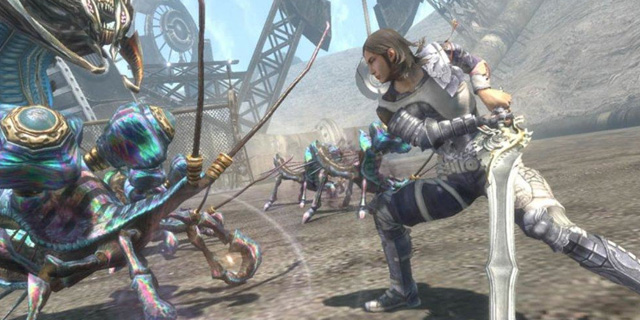
These stories serves two functions. Primarily, it adds bulk to Kaim’s character and personality. We don’t need constant reminders that Kaim is old and has seen it all; we know he is, and what he’s seen, through the short stories. We figure out why he acts as he does. The fact that Kaim has lost his memory is almost irrelevant; amnesia is a tired game trope, and that’s not why we are interested. Secondly, but equally as important, it expands the history of Kaim (and the world he occupies) through the quality of the writing.
It is not a fluke or coincidence that the stories are so moving; they were written by an award-winning Japanese short story writer, Kiyoshi Shigematsu. The visual imagery and pacifist theme is a stark contrast to the rest of the game, and are a welcome reprieve from your adventure. By the end, we feel like we’ve lived 1,000 years and seen horrific war acts, senseless violence and touching acts of kindness of hope. If only more games would give their characters such a gift of storytelling, and take time to add to the history.
Study history. Giving a character a back story is essential; in Ni No Kuni, the latest (and greatest) RPG for the PS3, we immediately empathize with our hero, Oliver. We want to see him succeed. The game is constantly referencing his motivations as to why he wants to continue, as we do. We want to see him succeed. We want Kaim to succeed and find peace. We want to travel to the other giant robot. When we visit the severed arm of the Mechonis, we are enticed. This arm has been down here for thousands of years. What will we find? What will we see? What will be written in the history books, and who will write it?



















